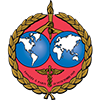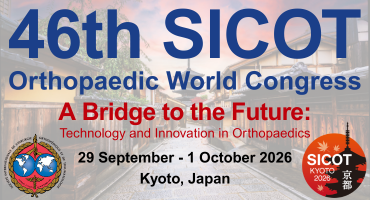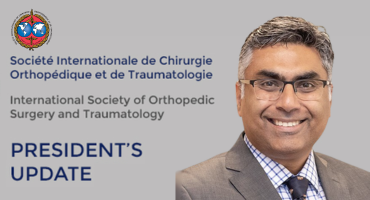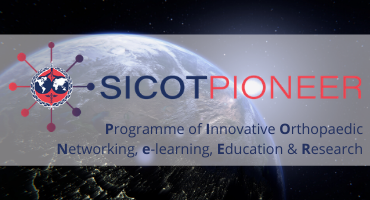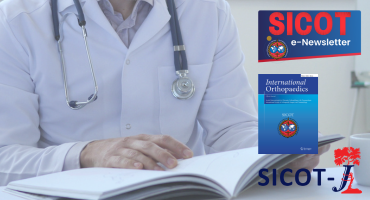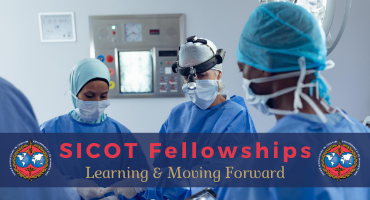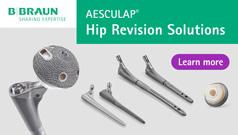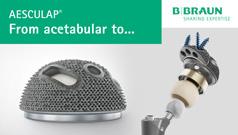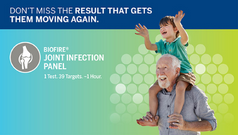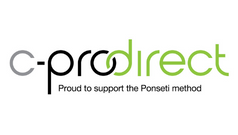Trauma activation criterion as predictors of major traumatic injuries: A systematic review
Injury. 2025 Jul 11;56(8):112596. doi: 10.1016/j.injury.2025.112596. Online ahead of print.
ABSTRACT
INTRODUCTION: Trauma team activation criteria (TTAC) are used within Trauma Activation Systems (TAS) to facilitate the rapid identification of patients with major traumatic injuries requiring a hospital trauma system response, including the attendance of a multidisciplinary trauma team. The value of individual activation criteria available at the time a decision to activate the system response is made is uncertain. We conducted a systematic review to identify TTAC associated with the presence of major traumatic injuries in adult trauma patients.
METHODS: We searched MEDLINE, EMBASE, and CINAHL (01-01-2000 to 5-07-2024) for studies using multivariable methods to evaluate associations between physiological, anatomical and mechanism of injury variables available or obtained at emergency department triage and the presence of major traumatic injuries. Risk of bias was assessed using the QUIPs tool, meta-analysis was conducted using a random effects approach, and certainty of evidence assessed using GRADE.
RESULTS: We included 7 studies from major trauma centres in North America (n = 3), Australia (n = 2), Israel (n = 1) and Italy (n = 1). Studies were predominantly retrospective, evaluated a wide range of activation criteria, and used varying definitions of major trauma. We demonstrated with moderate certainty that low Glasgow Coma Score (OR 9.4 95 %CI 4.6-19.3), systolic hypotension (OR 4.4 95 %CI 2.2-8.8), abnormal vital signs (OR 3.7 95 %CI 2.6-5.3) and multi-region trauma (OR 4.7 95 %CI 3.5-6.5) were associated with the presence of major trauma. The certainty of evidence for the association between mechanism of injury and other physiological criteria and major trauma was low or very low.
CONCLUSION: Low GCS, systolic hypotension, abnormal vital signs at emergency department triage and the presence of multi-region trauma predict the presence of major trauma in adult trauma patients. These criteria could form the foundation of evidence-based TTAC. Remaining TTAC should reflect the trauma population and local major trauma response capabilities, with audit and revision necessary for optimal TTAC.
PMID:40683057 | DOI:10.1016/j.injury.2025.112596
